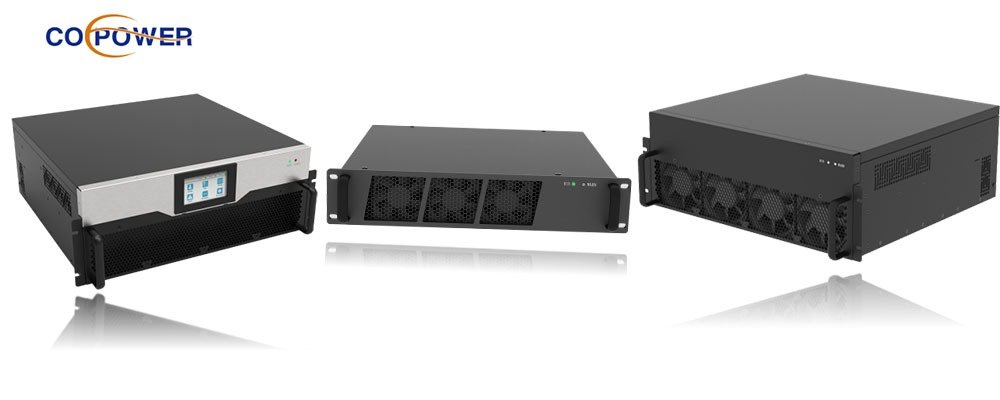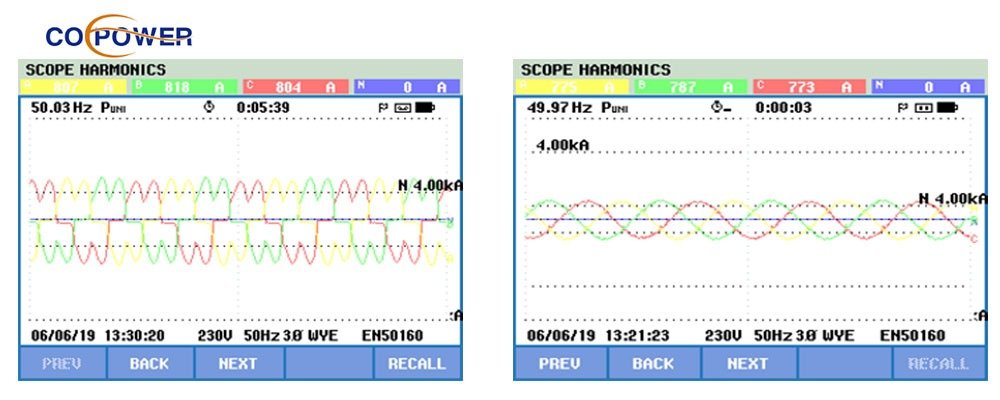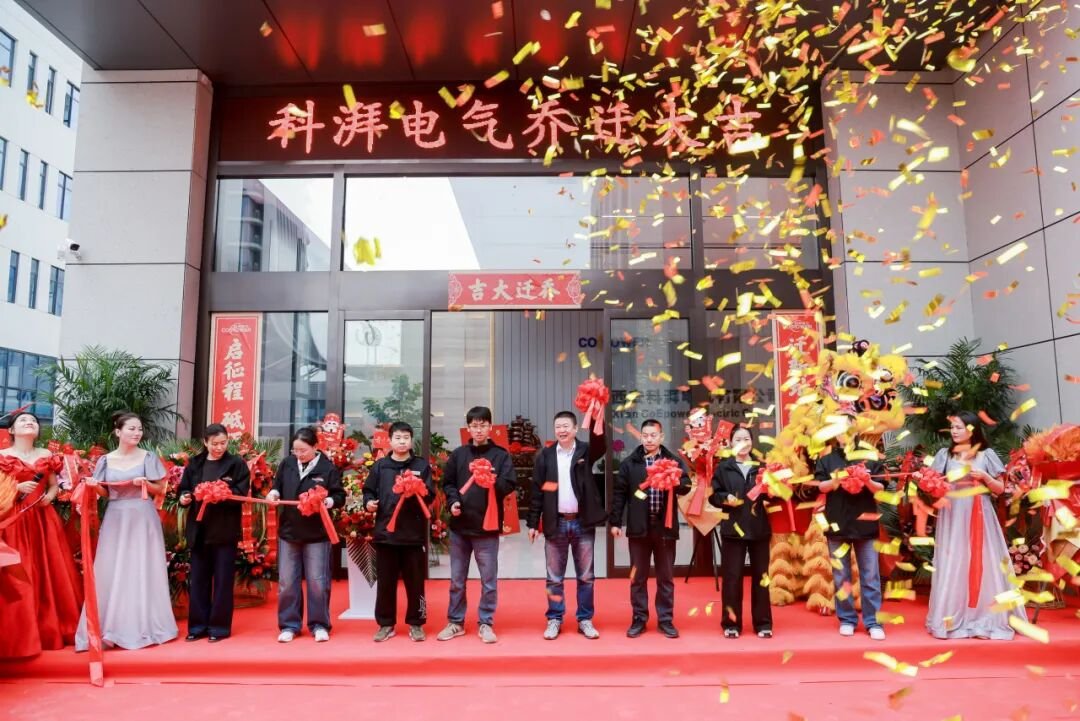Einführung
In modernen elektrischen Systemen, Die zunehmende Verwendung nichtlinearer Lasten-wie variable Frequenzantriebe (VFDs), Stromversorgungsversorgung, and renewable energy inverters—has led to the proliferation of harmonic distortions. These harmonics can degrade power quality, cause equipment malfunctions, and increase energy losses. Harmonic filters are essential components designed to mitigate these distortions, ensuring efficient and reliable power system operation.

- Understanding Harmonics in Electrical Systems
1.1 Definition of Harmonics
Harmonics are voltage or current waveforms with frequencies that are integer multiples of the fundamental power system frequency (Typischerweise 50 Hz or 60 Hz). They are generated by non-linear loads that draw current in abrupt pulses rather than smoothly sinusoidal waves.
1.2 Sources of Harmonics
Common sources of harmonics include:
Power electronic devices (Z.B., Gleichrichter, Wechselrichter, VFDs)
Uninterruptible Power Supplies (UPS)
LED and fluorescent lighting systems
Arc furnaces and welding machines
Erneuerbare Energiesysteme (solar/wind inverters)

The main harmonic distortion order is 5/7 Harmonische Stromverzerrung, and the current waveform presents a typical double-headed wave waveform. Before the equipment treatment, the system total harmonic distortion rate reached 35.8%. After the equipment treatment, the system total harmonic distortion rate dropped to about 5%, the waveform returned to normal, und gleichzeitig, each harmonic decreased significantly.1.3 Effects of Harmonics
Harmonic distortions can lead to:
Overheating of transformers and motors, reducing their lifespan
Capacitor bank failures due to resonance conditions
Increased power losses in distribution systems
Interference with communication systems
Malfunctioning of sensitive electronic equipment
To mitigate these issues, harmonic filters are employed.
2. Purpose of Harmonic Filters
The primary purpose of harmonic filters is to reduce harmonic distortion in electrical networks by either blocking or absorbing harmonic currents. Key objectives include:
Improving power quality by maintaining voltage and current waveforms close to sinusoidal.
Preventing equipment damage caused by excessive harmonic heating.
Enhancing system efficiency by reducing losses.
Complying with power quality standards (Z.B., IEEE 519, IEC 61000-3-6).
3.2 Aktive harmonische Filter (Ahf)
Active filters use power electronics (IGBTs, DSP controllers) to inject counter-harmonic currents that cancel out distortions. They dynamically adapt to varying harmonic loads.

Vorteile:
Highly effective for a wide range of harmonics.
Real-time adaptive compensation.
No resonance issues.
Disadvantages:
Higher initial cost.
Requires a power supply and complex control circuitry.
4. Working Principle of Harmonic Filters
4.1 Passive Filter Operation
A passive filter is designed to provide a low-impedance path for specific harmonics. Zum Beispiel, a 5th harmonic filter uses an LC circuit tuned to 250 Hz (für 50 Hz systems). Harmonics at this frequency are shunted, preventing them from entering the grid.
4.2 Active Filter Operation
An active harmonic filter continuously monitors the load current using sensors. A digital signal processor (DSP) analyzes harmonics and generates inverse currents, which are injected back into the system to cancel distortions.

The harmonic source equipment generates harmonic currents of various orders. After the APF measures the harmonic current, it controls the IGBT switch output to be opposite to its direction, and the harmonic current of equal magnitude is offset. After the current passes through the APF access point, it can be restored to pure
5. Applications of Harmonic Filters
Harmonic filters are widely used in industries with high harmonic pollution, einschließlich:
Industrieanlagen (with VFDs and large motor drives)
Rechenzentren (sensitive IT equipment)
Erneuerbare Energiesysteme (solar/wind farms)
Hospitals and laboratories (critical power quality requirements)
Handelsgebäude (LED lighting and HVAC systems)

Zhenjiang Shipyard Renovation Project

Shanghai Pudong People’s Hospital

Xi’an Thermal Power Company

Jinan Airport

Chery (Ordos) New Energy Intelligent Connected Vehicle Industrial Park

Southern Sichuan Public Health Training and Research Base

Korla parking lot charging pile project


